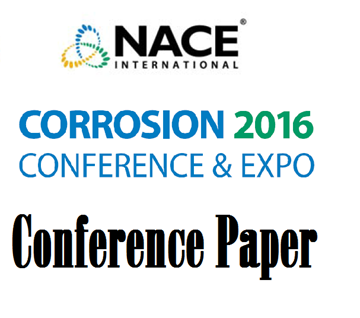Search
10313 Effect of Sour Brine Environment on the S-N Fatigue Life of Grade 29 Titanium Pipe Welds
Also Purchased
51316-7328-Comparing Environmental Resistance of UNS R55400 Tubulars to Other Oilfield Titanium Alloys
Product Number:
51316-7328-SG
ISBN:
7328 2016 CP
Publication Date:
2016
$20.00
01003 GUIDELINES FOR SUCCESSFUL INTEGRATION OF TITANIUM ALLOY COMPONENTS INTO SUBSEA PRODUCTION SYSTEMS
Product Number:
51300-01003-SG
ISBN:
01003 2001 CP
$20.00
03455 DEFINING THE CORROSION PERFORMANCE WINDOW FOR GRADE 28 TITANIUM
Product Number:
51300-03455-SG
ISBN:
03455 2003 CP
$20.00




